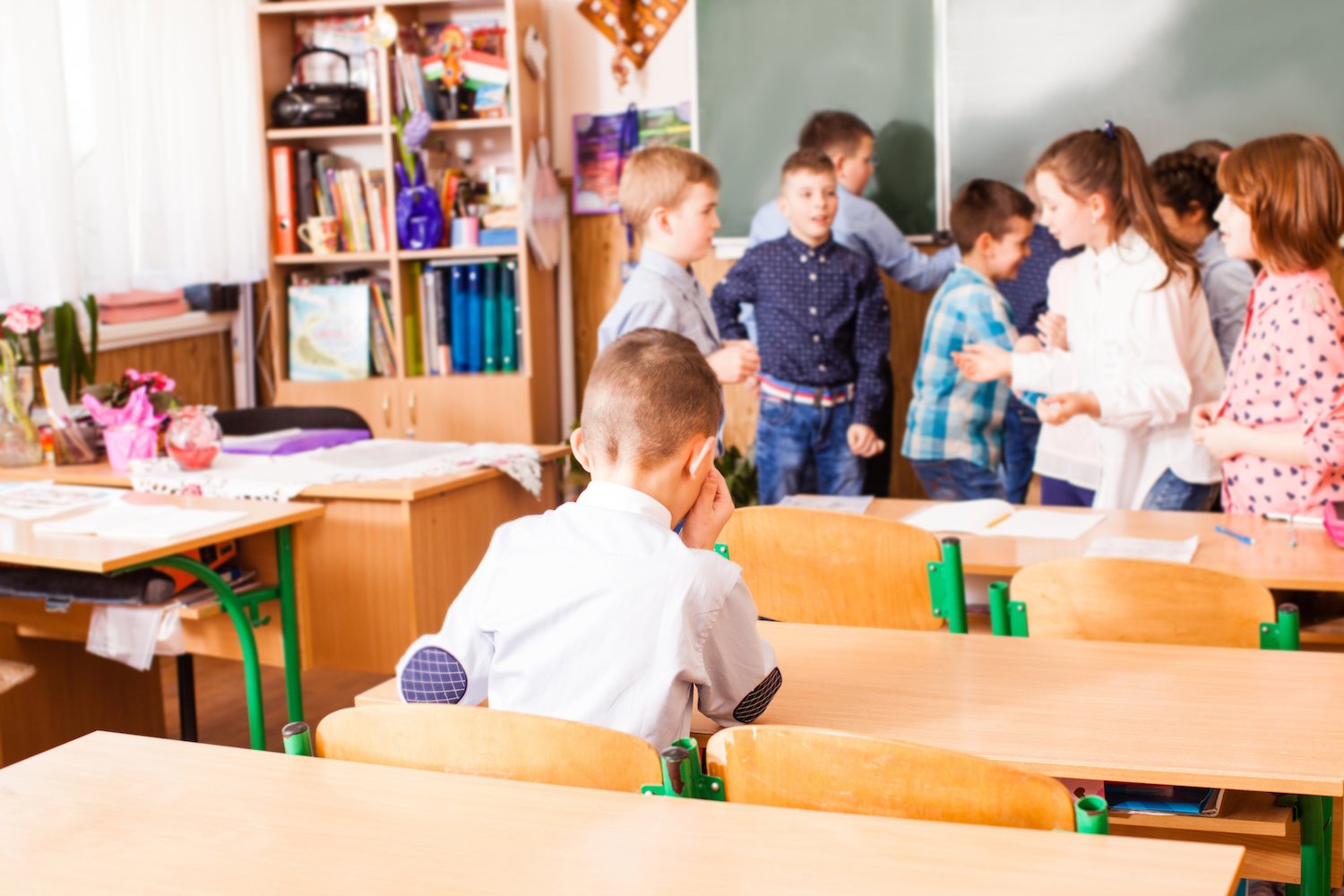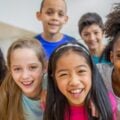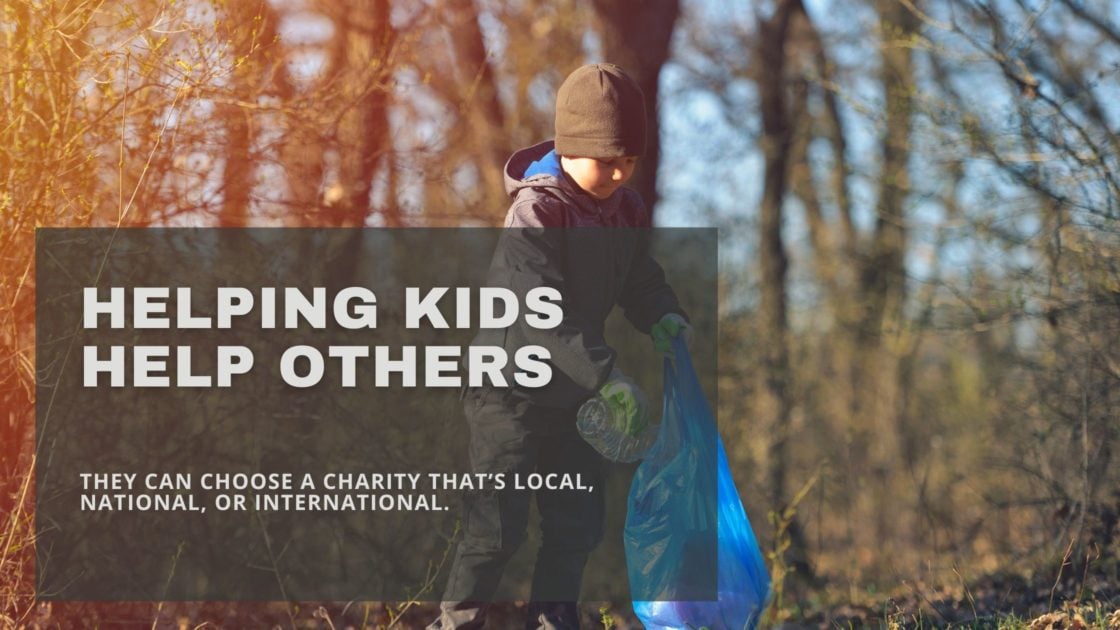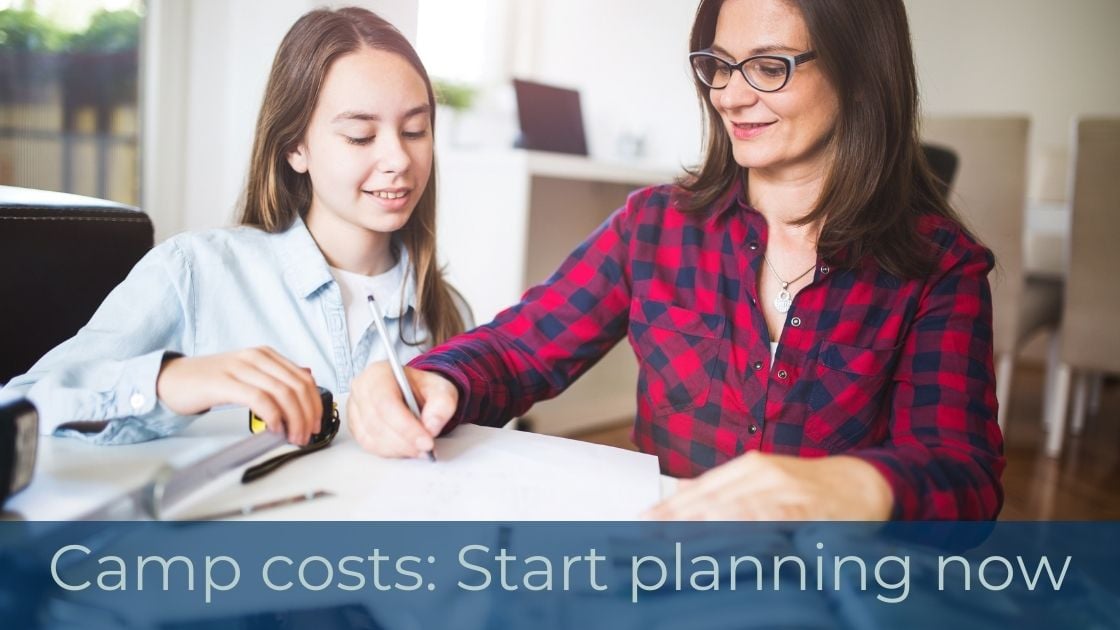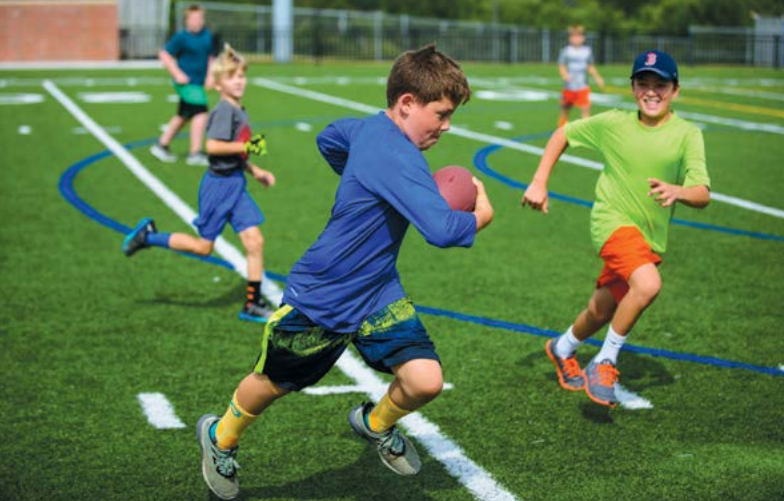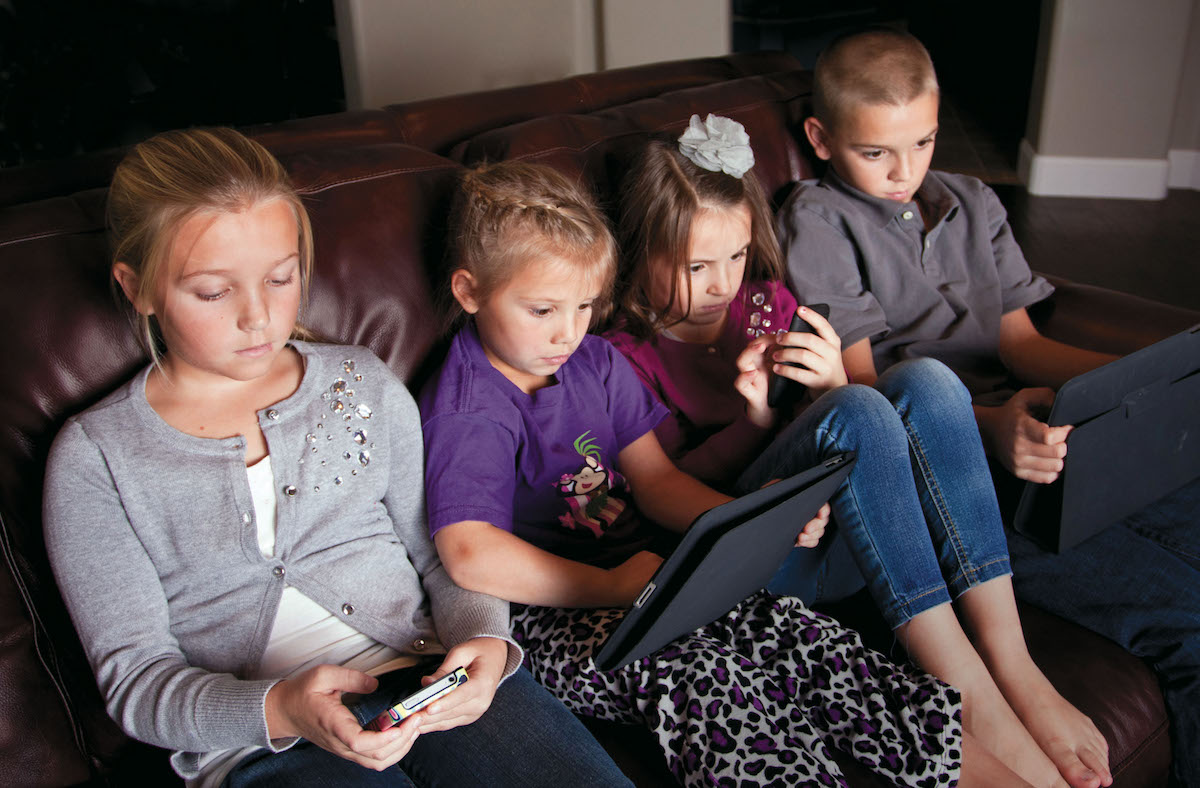A new school year is about to start. And that means some parents might be getting a little nervous about letting their children go into the halls of the unknown: Will my child fit in? Make friends? Be nice to others?
No one ever wants to think of their child as the bully.
While bullying is commonly defined as seeking to “harm, intimidate or coerce someone perceived as vulnerable,” there’s another, less-talked-about form of bullying, and it can be just as damaging — passive bullying.
Passive bullying is the purposeful ignoring of someone perceived as vulnerable. It’s walking past an individual in the hallway and not making eye contact or saying hello. It’s not sitting with a fellow student in the cafeteria, or sitting at the table with them, but not including them in the conversation. It’s not choosing a child to be a partner when the teacher says, “Get in groups of three.” It’s not inviting someone to your child’s birthday party because they’re different.
To be fair, most parents don’t know who the “different” children at school are. Their own children don’t mention them, so how could they know? This oversight has led to the phenomenon of passive bullying.
Passive bullying can be hard to spot. A child with a social or academic disability might not be aware they’re being left out, but it can take a toll on their self-esteem and mental health. Passive bullying can lead to anxiety, depression, absenteeism and ultimately failure to thrive in the very environment designed to prepare kids for success.
So what can you do as a parent of a more typical child?
There are many ways to identify and prevent passive bullying, and it’s critical to do so for the mental health of all students as well as the long-term health of our society.
PARENTS
- Seek opportunities for your child to be in an inclusive environment.
- Ask your child’s teacher for a class roster and purposefully invite the child who otherwise would get left out to your child’s birthday party.
- Invite a child with an academic or social difference over for a playdate with your child, and don’t forget their parents. Parents of children with disabilities are just as left out as their children. It can be a lonely world. Have the first play date be short so it can be successful, maybe 30 minutes in total. Ask the parents about any special interests and design an activity around this interest.
- Join a Unified Sports team. These Special Olympics-inspired teams join people with and without disabilities on the same team. The idea is this: Training together and playing together is a quick path to friendship and understanding. At the Academy of Whole Learning in Minnetonka — a K–12 private school for kids with autism and related learning differences — we partner with Breck High School students on our unified flag football team. And we’ve been state champions for three of the past four years!
TEACHERS
- Encourage your school to form a Unified Sports Special Olympics team. Or better yet, take the lead and form one yourself.
- Become aware of passive bullying. Include passive bullying as a form of bullying when you teach about bullying prevention.
- Use creative ways to get your students into groups, such as by birthday, height order or alphabetically by middle name. Never ask students to choose
- their own groups.
- Highlight the strengths of your students with learning differences. Is one an incredible drummer? Is another highly knowledgeable in sports statistics? Or maybe a child in your class holds the highest score on a popular video game? Ask the parents. Every student has strengths, but maybe not among the traditional academic strengths we typically measure and esteem.
- Ensure different and diverse students are fully included in student government, performances and on the sports field.
- Share this article with your students’ parents.
As parents, we can be the spark to change our children’s learning environment and the society in which we all learn. Inclusion will never occur organically; it must be purposefully designed. Respect and understanding grow when students of diverse abilities and backgrounds play, socialize and learn together.
Take the leap and include all children and their parents. We will all be the better for it.
Wyayn Rasmussen is the executive director of the Academy of Whole Learning in Minnetonka, Minnesota’s only K–12 private school for children with autism and related learning differences. Learn more at academyofwholelearning.org.




